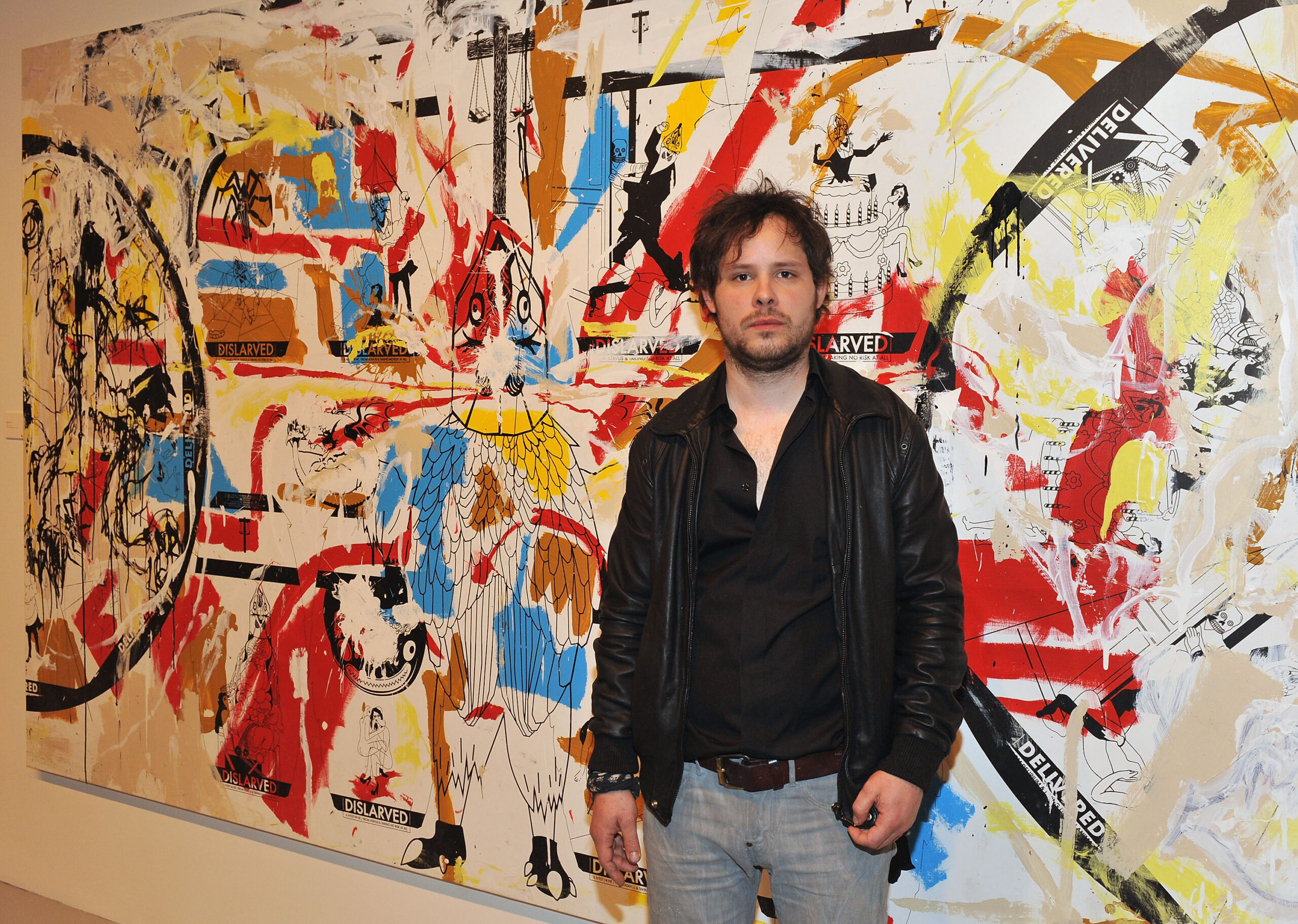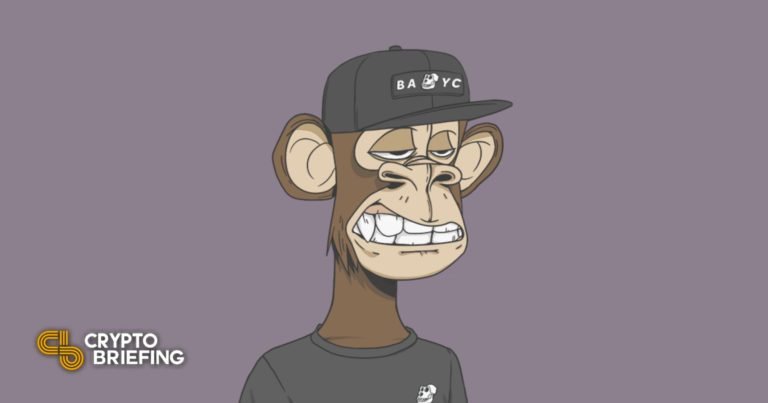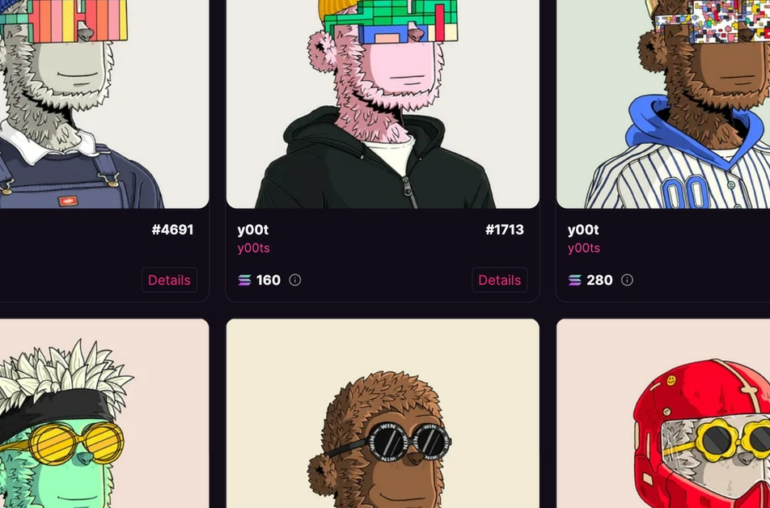CR Fashionbook
CR Fashion Site
CR Fashionbook
CR Fashion Site
DROP ON NIFTY GATEWAY WITH MPVR
BY VIENNA VERNOSE APRIL 6, 2022
Over the past two years, NFTs or Non-Fungible Tokens have become a defining asset in the current zeitgeist of technology and the ever-growing digital revolution. At one point or another, we were all forced to learn what an NFT is after the acronym pervaded every corner of pop culture. An NFT represents a multimedia asset that is completely unique and whose authenticity can only be verified through blockchain technology.
The NFT explosion was one that was felt by all industries, from luxury fashion brand Gucci who partnered with Superplastic in launching ten ‘SUPERGUCCI’ NFTs to Florence’s Uffizi Galleries who encrypted Michalangelo’s Doni Tondo (1505-1506) and sold the NFT for $170,000 in 2021. The fact of the matter is, there’s an undeniable market frenzy for getting into NFTs, and everyone wants a piece of the pie.
So, where does this leave the traditional physical artists who haven’t explored the medium? NFTs not only hold potential for industries and brands, but also for physical artists as the medium stands wide open as a new creative playground. There’s a niche window in democratizing the playing field of NFTs, and Vladimir Restoin Roitfeld and Marcos Pagani are ready to take it on with MPVR, a company redefining what it means to curate in the digital sphere. “It’s a sign of the times, if you’re in the art world you need to be in NFTs. Young, aggressive, with a great eye. This is a new way to reconnect with the art world,” says Pagani.
A post shared by Nifty Gateway (@niftygateway)
MPVR’s co-founders initially met over 13 years ago on email. Roitfeld, who is now president of CR Fashion Book, became a fixture on the global art scene in 2008 when he established his own private art dealership working with big name artists like Ouattara Watts and Peter Lindbergh while curating major shows that attracted New York City’s social elite. Originally with a background in finance, Pagani remained a devoted collector of Roitfeld’s artists and an all-around art lover. “Initially when I called Vlad a year and half ago, I was involved on a personal basis in crypto, particularly finance companies being on the cusp of what people are looking at,” says Pagani. “I connected with Vlad because when he started as an art promoter, Vlad held an unbelievable eye for spotting talent.”
Together, Roitfeld and Pagani harnessed their respective expertises to provide a platform for physical artists to encrypt their works into luxury art NFTs for the first time at an affordable price—and thus, MPVR was born. “I went to Vlad with this niche in a new technology to help guide some of these artists that we’ve been close to through a process of creating and promoting themselves in this world,” says Pagani. Over the past several weeks, Rotifeld and Pagani have been gearing up for their debut launch with artist Nicolas Pol who will be releasing five NFT works for the first time to be sold on Nifty Gateway, the digital art world’s premiere platform for purchasing NFTs. The sale is set to go live on April 6 at 6:30 PM Eastern Standard Time for only one hour. In the sale’s preceding hour, Pol is set to partake in Nifty Gateway’s AMA series (Ask Me Anything) where he will answer questions from buyers in real time. Ahead of his first NFT sale, CR sat down with Pol to discuss his venture into the uncharted territory of NFTs, or as he so eloquently calls it “a new medium for old thoughts and new possibilities of poetic emotions.”
Tell me a bit about the five works that you’ve created for Nifty Gateway and MPVR, what did you have in mind when creating these works?
I’d been working on paintings and collages, appropriating or inventing maps and lunar atlas. As usual, transforming numeric data to create silkscreens and prints. Elements of a classical still life would burst onto a military map or an ancient fresco, to rectify them. When I decided to pursue and develop what I would then call Mock Mathematics works with NFTs, I decided to animate weird parts of it: corncobs with herringbone bodies, a citrus reamer elevating like a saucer and turning into a plastic fish, the kind of Big Mouth Billy Bass. That fish would then start to sing about scientific considerations, like the release of exosomes by poisoned cells under the influence of magnetic fields. I decided to name this second corpus Schmok Mathematics, and to articulate all of it as a collection with a mysterious thread.
What has it been like translating your work for the NFT sphere? Were there any challenges?
The continuity with the paintings excited me the most, how they fed on these new developments and vice versa, sharing more information, and reflecting, scoffing on what might be the world after, like the planisphere of Philip K. Dick’s novel The Man in the High Castle*. It grew on me, with NFT’s I could enhance cartoonist violence, repetition of motion, and beacons—the music making it explicit, dark and funny. Through paintings, I always seek fascination, layers, and presence. Through NFT’s, hypnosis, aberration, textures of absence.
I started a painting project ten years ago, HADES71, around the underworld myths, accumulating studies, elements and things like blueprints of tunnels and boring machines. After ten years, I was about to start printing and painting this descent in the nine circles of Hell, with futuristic means. Then I decided to use those drawings to also create the HADES NFT. So the painting process isn’t even finished, but the NFT already is, and in a way, has surpassed the canvas in ambition. More enigmatic and twisted, like the auras in an ophthalmic migraine, with infernal sounds and grotesque dialogues.
NICOLAS POL AND
VLADIMIR RESTOIN ROITFELD, 2011
Slaven Vlasic/Getty Images
Did you have any predisposed thoughts around NFTs? What changed as you created your own for the first time?
I started to have a deep reflection about the status of these virtual objects. These are fragments, flaps, remains or shreds, undead, untouchable, non-fongible. That led me to the idea of an iconic museum painting like Manet’s Lemon in decay, changing into a shred, a fish head, cut off. Embodying that virtual object always poses as missing a half of itself, its non-existence. Curiously that doesn’t make it less, but ever more existent as if going through a transfiguration.
Your physical paintings are very active and filled with motion, what was it like applying this to the digital NFT set?
My paintings appear sometimes almost abstract and action-like, but they are in fact of absolute precision. Often a huge vectorial architecture is encrypted in the background, as an occult rhizome. So even a slap, a drip, a splash by my hands to me, is calculated and could as well be computer generated. I mean, all expressionism or baroque attitudes were always conceptual language and figurative riddles. The same with NFT’s, metaphoric and mythical references agenced with intuition and keys, to a more intimate comprehension.
What do you think traditional artists get wrong about the NFT art world?
I have no idea. Probably for some the old préjugés about what is culture, sous culture, contre culture. I was never affected by this. To me, great art is to be found where you want it to be found, from the Louvre to video games.
I have a persistent fascination with computers, as a painter or a printer, and I suppose it has to do with Michel Majerus works from the nineties and the age of video games, fantastic Nintendo characters, Tron figures, all that era made a big impression on me. So, being the spike that grips on the future, an artist might accept this non-material crypto-blockchain base as it is, a new medium for old thoughts and new possibilities of poetic emotions. Ashley Bickerton’s Ocean Chunks, Urs Fischer’s Chaos series are extraordinary, or Damien Hirst taking the opposite view and questioning the material-immaterial scission with his Tenders NFTs. We’re witnessing a challenging era of thoughts and avant-garde digital experiments.
What does it mean for you to have new accessibility to your work with Nifty Gateway’s drop model?
It means the excitement of having created a shred of pure past. The virtual object and its superior status, the property of being or not being where it is, wherever it goes, when real objects are submitted to the law of being or not being somewhere.
This is where I sense a gloomy-yet-charming excitement, out of the organic field, the figment has a life of its own. And the paradox is that it also makes you feel a deep nostalgia, like for Manet’s Lemon, and makes you dream, even bigger dreams of whatever supernatural new paintings.
Nicolas Pol’s five NFTs with MPVR will be available to purchase April 6 from 6:30 PM to 7:30 PM on niftygateway.com.



